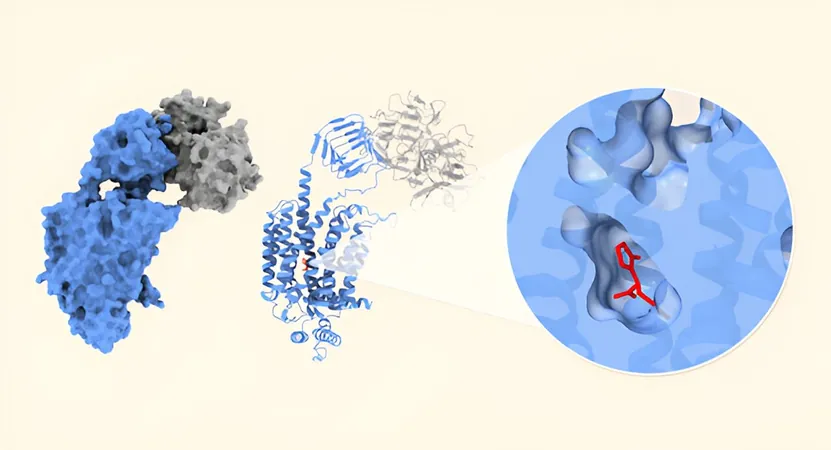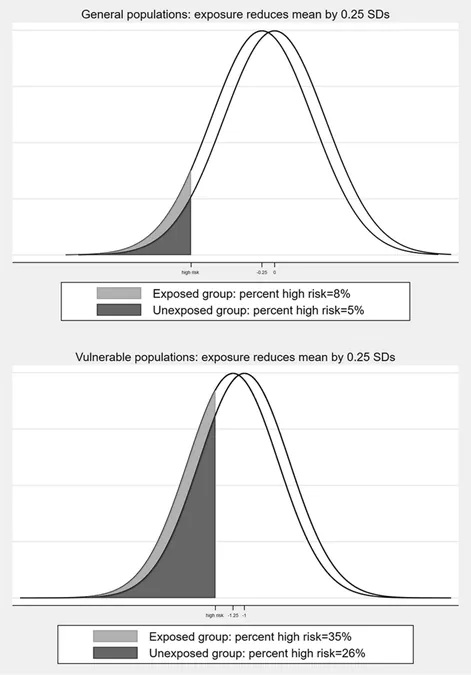
Groundbreaking Research Reveals Structural Secrets of Antiepileptic Drugs
2024-09-27
Introduction
In a significant breakthrough, researchers from RIKEN have uncovered the intricate structural details of antiepileptic drugs, shedding light on their interaction with a crucial protein located at the intersection of neurons. This new insight paves the way for the development of more effective treatments for epilepsy, a neurological disorder that affects approximately 0.5% to 1% of the global population, causing recurrent, unpredictable seizures.
Current Medications and Their Mechanisms
Currently, medications such as levetiracetam and brivaracetam are used to manage epilepsy, yet the exact mechanisms through which they operate remain a mystery. Both drugs target a vital protein known as synaptic vesicle glycoprotein 2A (SV2A), which is found in synaptic vesicles—small, membrane-bound sacs responsible for the storage and release of neurotransmitters at neuron terminals.
Insights from Research
Atsushi Yamagata from the RIKEN Center for Biosystems Dynamics Research states, “The precise role of SV2A in synaptic transmission is still unknown, but it is believed to play a pivotal role.” Notably, SV2A also serves as a receptor for the infamous botulinum neurotoxin, one of the most lethal substances recognized, capable of causing death at minimal doses. Despite its toxicity, botulinum toxin has been adapted for various medicinal and cosmetic uses, including treatments for neuromuscular disorders and chronic pain.
Research Methodology and Findings
Using advanced cryo-electron microscopy techniques, Yamagata and his team successfully elucidated the structures of levetiracetam and brivaracetam bound to SV2A, both in the presence and absence of the botulinum neurotoxin. The findings, published in Nature Communications, indicate that SV2A may potentially operate as a membrane transporter, a function that these drugs could inhibit.
Significance of the Findings
Yamagata highlights, “Our structural insights offer indirect evidence supporting SV2A’s role as a membrane transporter, which could be crucial for understanding epilepsy linked to genetic mutations of this protein.”
Challenges in Research
Despite the complexities involved in visualizing SV2A due to its small size, the presence of the botulinum neurotoxin provided a valuable advantage. “The attachment of a botulinum neurotoxin receptor-binding domain allowed us to more accurately align the SV2A particle images, resulting in high-resolution structural data,” Yamagata explained.
Future Directions
As the team prepares to delve deeper into this research, they aim to study SV2A in conjunction with full-length botulinum toxin, which may unlock further revelations about how this potent neurotoxin functions at synapses. Additionally, they hope to clarify the exact role of SV2A, a challenging but crucial task in understanding epilepsy more comprehensively.
Conclusion
With these advancements, the future of epilepsy treatment looks promising, as scientists continue to unravel the complex interactions at play in the human brain. Will this new research lead to groundbreaking therapies for millions suffering from epilepsy? Only time will tell!





 Brasil (PT)
Brasil (PT)
 Canada (EN)
Canada (EN)
 Chile (ES)
Chile (ES)
 España (ES)
España (ES)
 France (FR)
France (FR)
 Hong Kong (EN)
Hong Kong (EN)
 Italia (IT)
Italia (IT)
 日本 (JA)
日本 (JA)
 Magyarország (HU)
Magyarország (HU)
 Norge (NO)
Norge (NO)
 Polska (PL)
Polska (PL)
 Schweiz (DE)
Schweiz (DE)
 Singapore (EN)
Singapore (EN)
 Sverige (SV)
Sverige (SV)
 Suomi (FI)
Suomi (FI)
 Türkiye (TR)
Türkiye (TR)